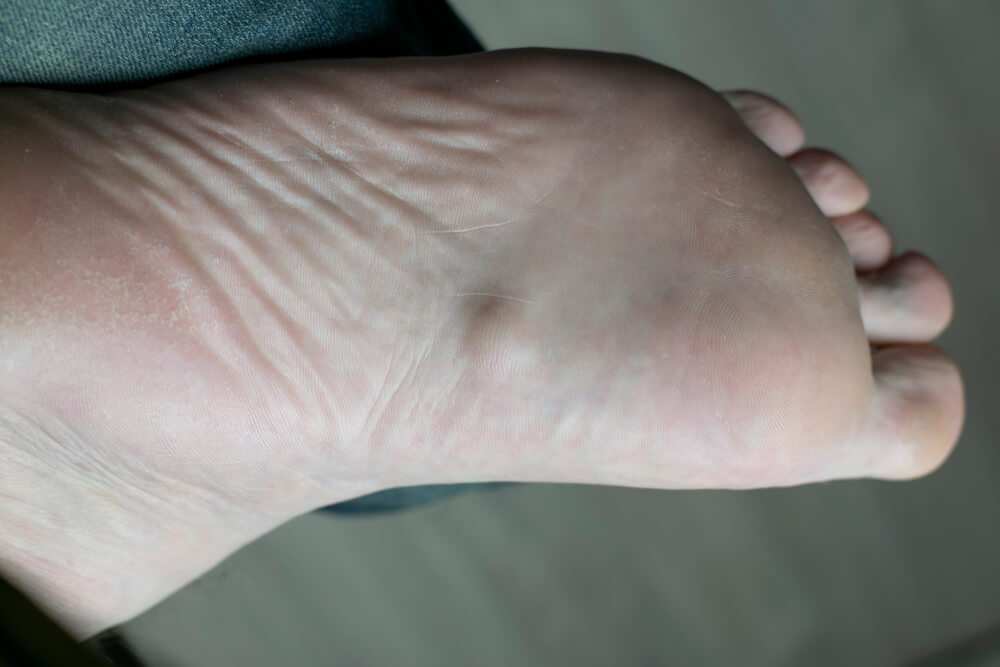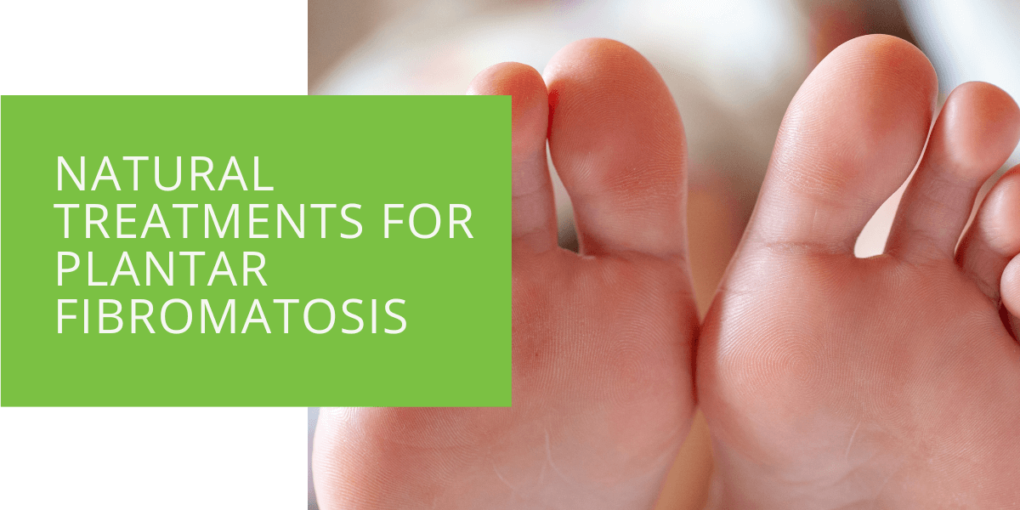Natural Treatments for Plantar Fibromatosis
Plantar fibromatosis, also known as plantar fibroma, is a condition that affects the plantar fascia, causing the formation of fibrous nodules or lumps in the arch of the foot. While conventional treatments like surgery or injections are available, many seek natural remedies to manage the symptoms and support foot health. This article will explore various natural treatment approaches for plantar fibromatosis, focusing on methods such as physical therapy, massage, orthotic devices, nutritional supplements, and lifestyle modifications. Let's dive into these natural remedies to help reduce inflammation, relieve symptoms, and promote overall well-being.
Understanding Plantar Fibromatosis
Plantar fibromatosis is characterized by developing non-cancerous fibrous growths or nodules along the plantar fascia, a thick band of tissue supporting the foot's arch. The exact cause of this condition is still unclear, but it is believed to be influenced by genetic factors, foot trauma, and collagen production abnormalities. Individuals with plantar fibromatosis may experience pain, tenderness, and limited mobility in the affected area.
Conventional Treatment Options
Conventional treatment options for plantar fibromatosis often focus on reducing symptoms and managing pain. These can include surgical removal of the fibromas, corticosteroid injections to reduce inflammation, and physical therapy to improve flexibility and strength in the foot. While these treatments can be effective, they may also have risks and drawbacks.
The Role of Natural Treatments
Natural treatments provide an alternative or complementary approach to managing plantar fibromatosis symptoms. They aim to reduce inflammation, relieve pain, promote healing, and support overall foot health. These treatments can be used alongside conventional methods or as standalone remedies, depending on the individual's preferences and the severity of the condition. It's essential to consult with a healthcare professional before starting any natural treatment regimen.

Natural Treatment Approaches
1. Physical Therapy and Stretching
Physical therapy exercises and stretching routines can help improve flexibility, strengthen the foot muscles, and alleviate discomfort associated with plantar fibromatosis. Focus on stretching exercises that target the plantar fascia, such as toe curls, arch stretches, and calf stretches. These exercises can enhance circulation, reduce stiffness, and promote healing.
2. Massage Therapy
Massage therapy can be beneficial in reducing pain and inflammation caused by plantar fibromas. A trained massage therapist can apply deep tissue massage or myofascial release techniques to release tension, improve circulation, and relieve discomfort in the affected area. Topical anti-inflammatory creams or oils can also be used during the massage to enhance the therapeutic effect.
3. Orthotic Devices and Footwear Modifications
Orthotic devices, such as arch supports or custom-made shoe inserts, can support and cushion the foot, reducing strain on the plantar fascia. They help distribute pressure evenly and promote proper alignment. Additionally, wearing comfortable and supportive footwear with cushioned soles can alleviate symptoms and reduce the impact on the fibromas.
4. Nutritional and Herbal Supplements
Certain nutritional supplements and herbal remedies may help reduce inflammation and support tissue health. Omega-3 fatty acids, found in fish or flaxseed oil, have anti-inflammatory properties and may help alleviate pain. Turmeric, ginger, and bromelain are natural anti-inflammatory agents that can be taken in supplement form. Consult with a healthcare professional for appropriate dosages and potential interactions.
5. Lifestyle Modifications and Self-Care
Adopting certain lifestyle modifications can contribute to the management of plantar fibromatosis. Maintaining a healthy weight can reduce the strain on the feet and alleviate symptoms. Avoiding activities exacerbating pain, such as high-impact exercises or prolonged standing, can also be beneficial. Good foot hygiene, including keeping the feet clean and dry, can help prevent infections and promote overall foot health.
6. Topical Treatments
Topical treatments can temporarily relieve pain and inflammation associated with plantar fibromatosis. Applying ice packs or cold compresses to the affected area can help reduce swelling and numb the pain. Alternatively, warm soaks or towel compresses can improve circulation and relax the muscles. Topical creams or gels containing anti-inflammatory ingredients, such as arnica or menthol, can provide soothing relief.
7. Stress Reduction Techniques
Stress can contribute to muscle tension and exacerbate pain. Stress reduction techniques, such as meditation, deep breathing exercises, or yoga, can help relax the mind and body, reducing overall tension and promoting healing.
Conclusion
While plantar fibromatosis can be challenging to manage, natural treatments offer a holistic approach to reducing symptoms and promoting foot health. Physical therapy and stretching exercises can improve flexibility and strength, while massage therapy can provide targeted relief. Orthotic devices and footwear modifications can help distribute pressure and support the foot. Nutritional supplements, lifestyle modifications, and self-care practices can further contribute to overall well-being. Incorporating these natural remedies, in consultation with a healthcare professional can help individuals find relief and enhance their quality of life. Remember, every individual's experience may vary, so it's important to find the combination of natural treatments that work best for you.

